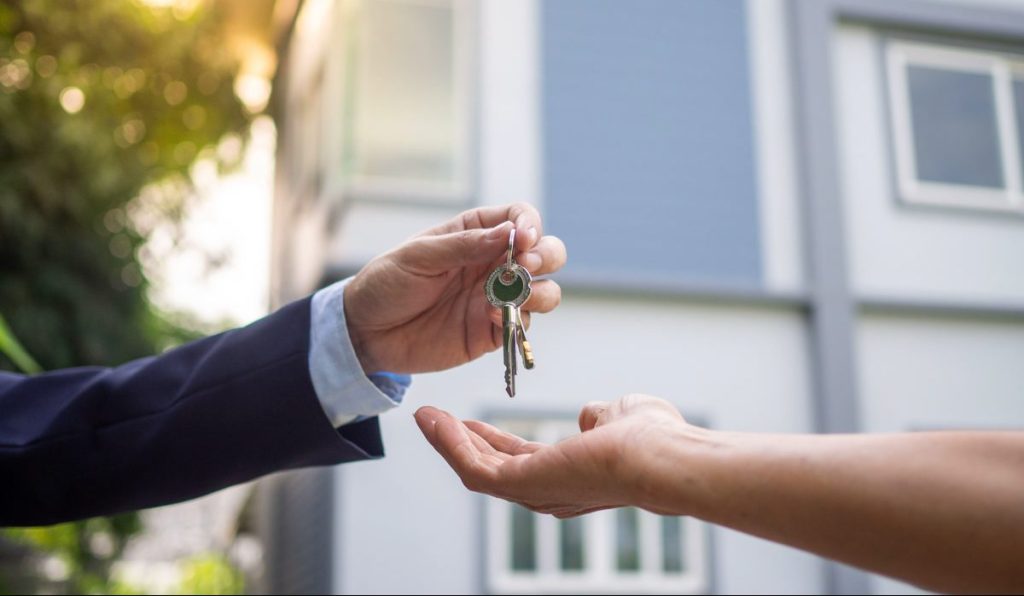The U.S. homeownership rate soared to an almost 12-year high in the second quarter as low interest rates allowed more Americans to qualify for mortgages.
The homeownership rate jumped to 67.9%, the highest since 2008’s third quarter, from 65.3% in the prior quarter, the Census Bureau said on Tuesday. The reported noted a change in methodology that could have impacted the numbers: Because of the COVID-19 pandemic, in-person interviews were suspended and most of the survey was conducted by telephone, the release said.
The homeownership rate for Black Americans rose to 47%, the highest since 2008, from 44%, the report said. A year ago, the rate for Black families was the lowest ever recorded.
The rate for Hispanics increased to 51.4%, the highest in data going back to 1994, from 48.9%, the Census report said.
The cheapest financing costs on record have widened the pool of people who qualify for mortgages, said Lawrence Yun, chief economist for the National Association of Realtors. Lenders qualify applicants by the amount of the monthly payment measured against their income, and when financing costs go down the payment shrinks.
“Lower rates always do a magic trick of bringing more buyers into the housing market,” Yun said in an interview.
The average U.S. rate for a 30-year fixed mortgage fell to an all-time low of 2.98% in mid-July, breaking the 3% threshold for the first time, according to Freddie Mac data. Last week, it was 3.01%, compared with 3.75% in the same week a year earlier.
Yun said he was expecting the homeownership rate to be higher because of the cheaper financing costs, but didn’t foresee a jump of 2.6 percentage points that would put the number back to a level last seen before the widespread foreclosures that followed the 2008 financial crisis.
“Usually homeownership data moves at more of a glacier-slow pace, so to see a sudden move like this was quite surprising,” Yun said. “Some of this increase could be due to the change in data measurement.”
The Census Bureau announced the change in data collection at the top of the report and linked to a five-page statement outlining the new methodology. The homeownership numbers are contained in the report known as the Current Population Survey/Housing Vacancy Survey, or CPS/HVS.
In the past, the bureau relied on workers who would go out and knock on doors to see what share of the housing stock was vacant, and they would interview people who came to the door to ask if they were homeowners.
“The coronavirus pandemic affected data collection operations for the CPS/HVS during the first and second quarters of 2020,” the Census Bureau said in the statement. “Data users should understand and consider these changes in data collection operations when interpreting the CPS/HVS estimates for the first and second quarters of 2020.”






